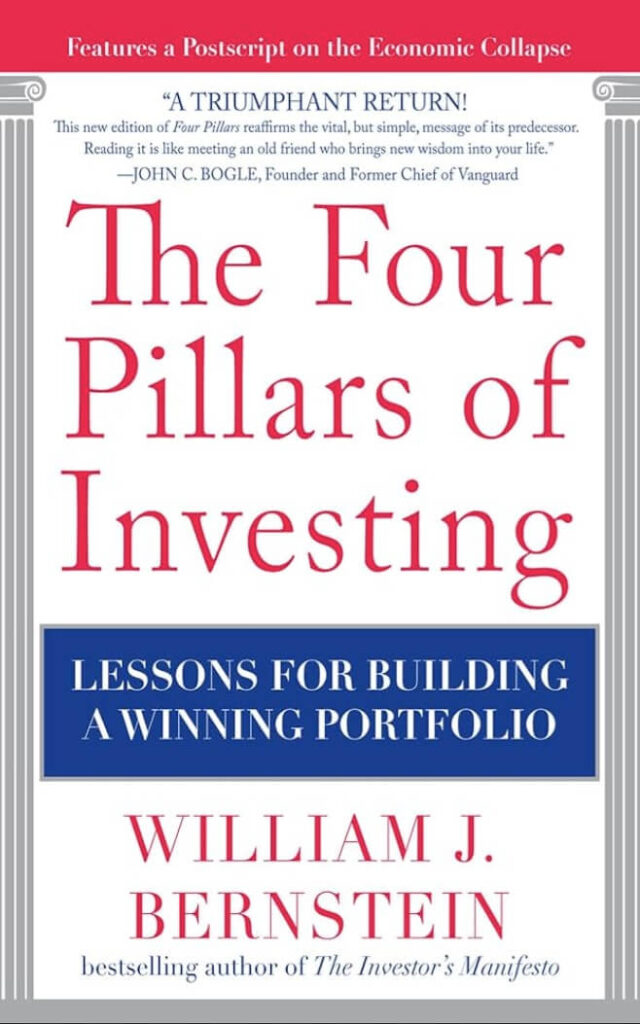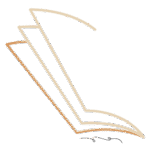Yanis Varoufakis doesn’t write economics textbooks. He writes economic mythologies—not because they are false, but because they explain the world in sweeping, story-driven ways that help us understand the forces shaping our lives. The Global Minotaur, published in 2011, is one of his most original contributions to the post-2008 economic canon. It reimagines global finance as a kind of modern myth, dominated by a beast of America’s making: the “Minotaur” that consumed the world’s capital and dictated the terms of globalization.
🔎 Core Idea: A Beast at the Heart of Global Capitalism
At the center of Varoufakis’ argument is a metaphor: the Global Minotaur. Following the Second World War, the U.S. became the engine of the global economy by running trade deficits and absorbing the world’s exports. In return, countries recycled their surpluses back into the American financial system. Like the ancient myth where the people of Athens sent tributes to the Cretan Minotaur, the global economy, according to Varoufakis, paid tribute to the American financial system.
This system, though chaotic, kept global capitalism relatively stable. That is, until the Minotaur was wounded by the 2008 financial crisis. With the collapse of Wall Street’s confidence game, the world economy was thrown into disarray, revealing the fragile logic of a system too reliant on one beast.
📈 Structure and Style
The Global Minotaur is part history, part theory, and part polemic. Varoufakis weaves together postwar political developments, economic shifts, and philosophical reflections with literary flair. It’s written for the intelligent non-specialist: someone comfortable thinking about power, economics, and justice without needing footnotes on every page.
Chapters move chronologically, from the Bretton Woods agreement and Cold War geopolitics to the Reagan-Thatcher revolution and the speculative financialization that followed. The narrative culminates in the 2008 meltdown and its aftermath, where Varoufakis diagnoses not just a crisis of finance but a crisis of imagination.
📊 Why This Book Matters
Varoufakis challenges the mainstream narrative that globalization was a natural, efficient, and beneficial process. Instead, he argues it was engineered—with America as both architect and beneficiary. The book debunks the myth of a self-regulating market and shows how geopolitical interests, military dominance, and economic ideology collided to build an unstable system.
The book also serves as a warning. Without a replacement for the Minotaur, Varoufakis argues, global capitalism will stumble from crisis to crisis, increasingly detached from democratic control or ethical restraint.
🔪 What Readers Will Find Provocative
⦁ The Mythology of Capitalism: Varoufakis dares to suggest that economics needs myths not because they are fake, but because they express truths that statistics cannot.
⦁ The U.S. as Empire: Unlike many Western economists, he doesn’t shy away from describing the American-led order as a form of tribute extraction.
⦁ A Challenge to Austerity: The book implicitly criticizes European austerity and neoliberal dogma, themes that Varoufakis would explore more explicitly in his later political career.
🚫 Potential Criticisms
Some critics may find the metaphor of the Minotaur overly dramatic or reductive. Others may question the extent to which the U.S. orchestrated rather than simply benefited from postwar arrangements. And while Varoufakis provides a compelling critique, his proposed alternatives remain abstract or underdeveloped—a common criticism across his works.
📊 Final Verdict: ⭐⭐⭐⭐⭐ (5/5)
The Global Minotaur is more than a history of recent economic events. It’s a bold reinterpretation of how power and finance interact on the world stage. Varoufakis offers a lens that blends myth and macroeconomics, making this an essential read for anyone curious about what really underpins our global order.
If you want to understand the hidden patterns behind the rise and fall of globalization, or why the 2008 crisis still haunts us, this book offers clarity wrapped in metaphor, and analysis rooted in rebellion.




